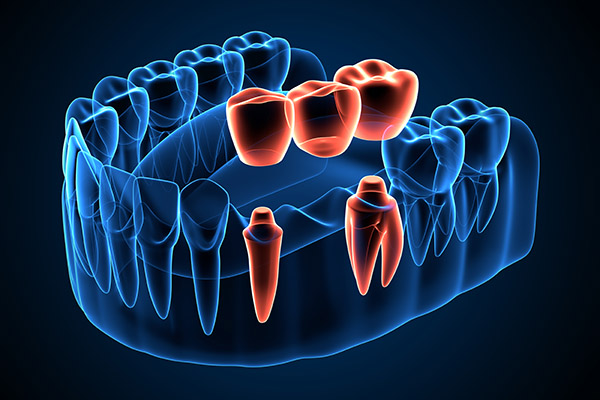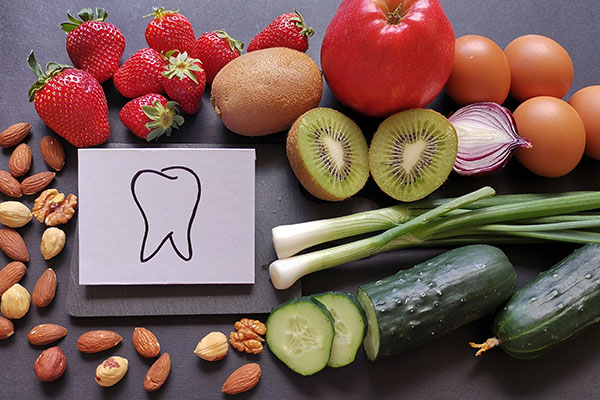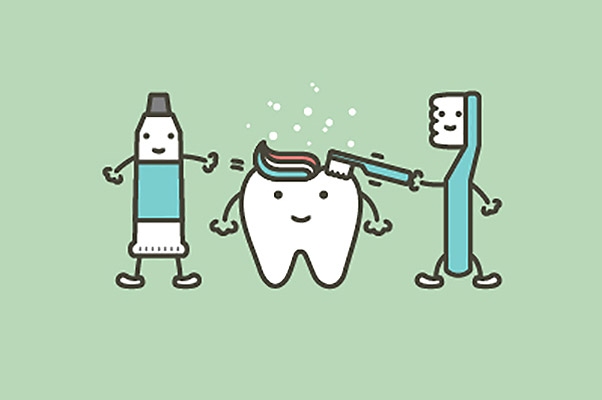 Traditional bridges are a common option for replacing missing teeth. There are many natural as well as unnatural reasons why a person might have lost his teeth. Whatever the reason is, dentists intend to replace the missing teeth with the best procedure. Traditional bridges are one of them.
Traditional bridges are a common option for replacing missing teeth. There are many natural as well as unnatural reasons why a person might have lost his teeth. Whatever the reason is, dentists intend to replace the missing teeth with the best procedure. Traditional bridges are one of them.
What is a dental bridge?
If you have missing teeth, dental bridges can be used as an option for replacing missing teeth to close the gaps in your smile. A dental bridge is a prosthetic tooth (pontic) held by abutment teeth on each side of the gap. Pontics can be made of several materials, including gold, although they're most fashioned of porcelain to resemble your natural teeth.
Traditional dental bridges
The most common form of dental bridge is a traditional bridge. They're utilized when your natural teeth are on both sides of a missing tooth or gap. Natural teeth are given dental crowns to support the false teeth, or "pontic teeth," placed between them. One or more pontic teeth are maintained in position by two abutment teeth in these bridges. Traditional bridges are sturdy enough to replace molars and are often ceramic or porcelain bonded to metal.
Pros of a traditional dental bridge
Patients with one or more than one missing teeth in a row benefit from a traditional bridge. The bridge is meticulously created to match the rest of your smile flawlessly so that it's not obvious that you have a bridget at all.
Missing teeth can make chewing and talking effectively difficult for a person. Dental bridges restore key functions by replacing lost teeth permanently. There are no food restrictions related to dental bridges. However, patients may want to limit their intake of sticky foods.
When a person has a missing tooth, the adjacent teeth are more likely to migrate towards the gap. This might lead to a domino effect in the mouth. Dental bridges bridge the gap, allowing the remainder of the patient's teeth to remain in perfect alignment. A typical dental bridge may also assist in preventing jawbone degradation, which leads to facial atrophy. However, dental implants are a solution for these issues.
Finally, people prefer dental bridges to replace missing teeth instead of dentures because they are secured in the mouth. This ensures stability, security, and a straightforward cleaning procedure. Dental bridges may be cared for in the same way as natural teeth are brushing your teeth twice a day, flossing daily, and visiting the dentist regularly.
Cons of a traditional dental bridge
Traditional bridges have the disadvantage of requiring your dentist to remove enamel from surrounding teeth to create a place for the crowns that will be put on top. Because enamel does not regrow, crowns will be required to safeguard these teeth in the future, even if you pick a different type of bridge. Fortunately, the drawbacks of a dental bridge are minor, and many of them may be avoided if you choose a qualified dentist. It is still an excellent option for replacing missing teeth.
Recent Posts
If you are someone with gaps in their smile, there are many options for replacing missing teeth available to you. A dental bridge is a time-honored solution for replacing missing teeth. Similar methods for replacing teeth have been used for thousands of years.A dental bridge is a single or series of false teeth, called pontics,…
There are many options for replacing missing teeth, even if they are your front teeth that are missing. Missing front teeth can severely hurt a person’s self-esteem and confidence because the missing teeth are right where everyone can see them. However, there are solutions to that problem. Read on to learn more. Your dentist will…
If you're considering your options for replacing missing teeth, you may want to know when you should make your decision. In short, as soon as you can. Now, this is not always an option nor available at a moment's notice.Depending on the route you go, you're going to have to wait to let things heal.…


